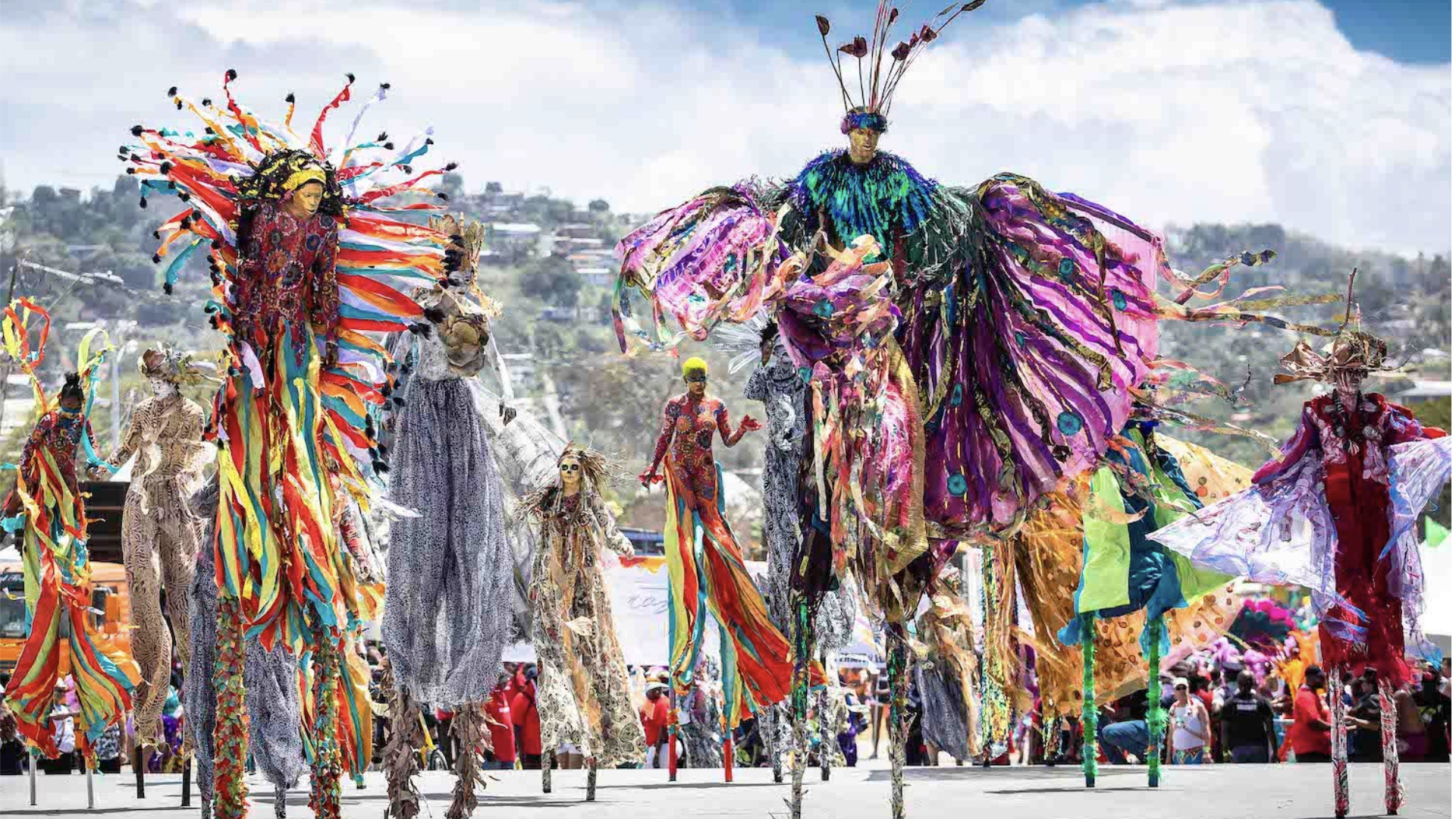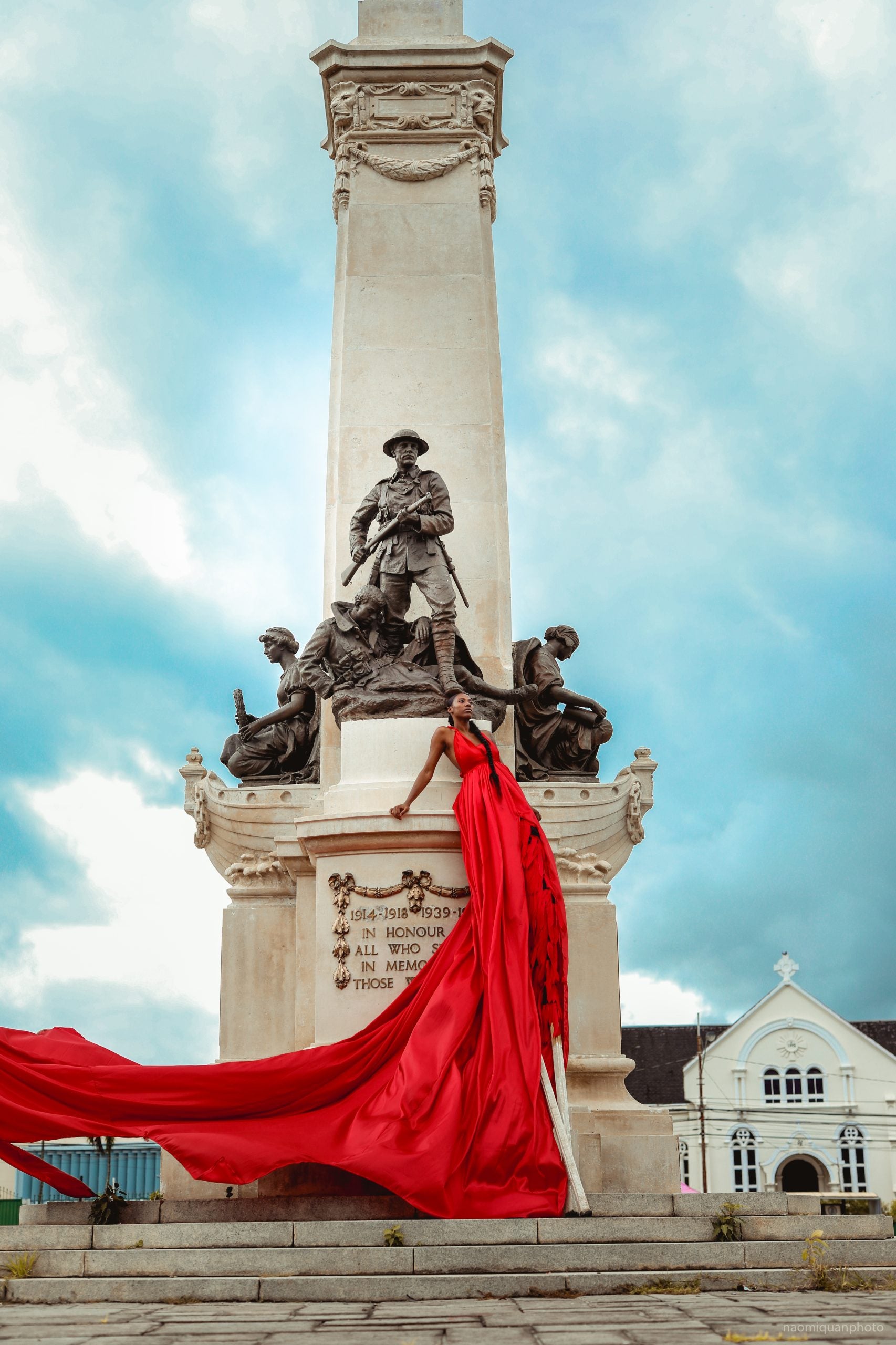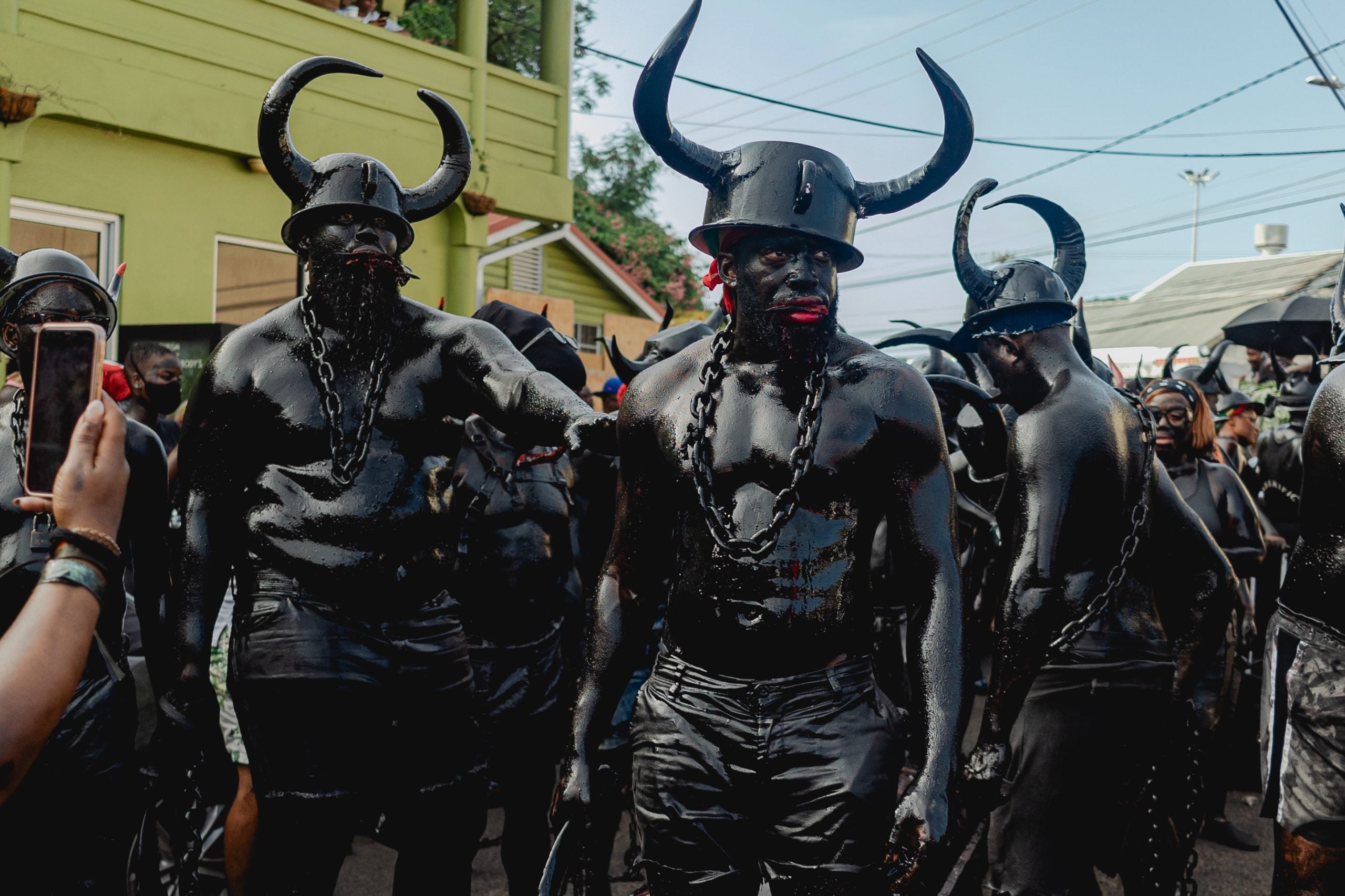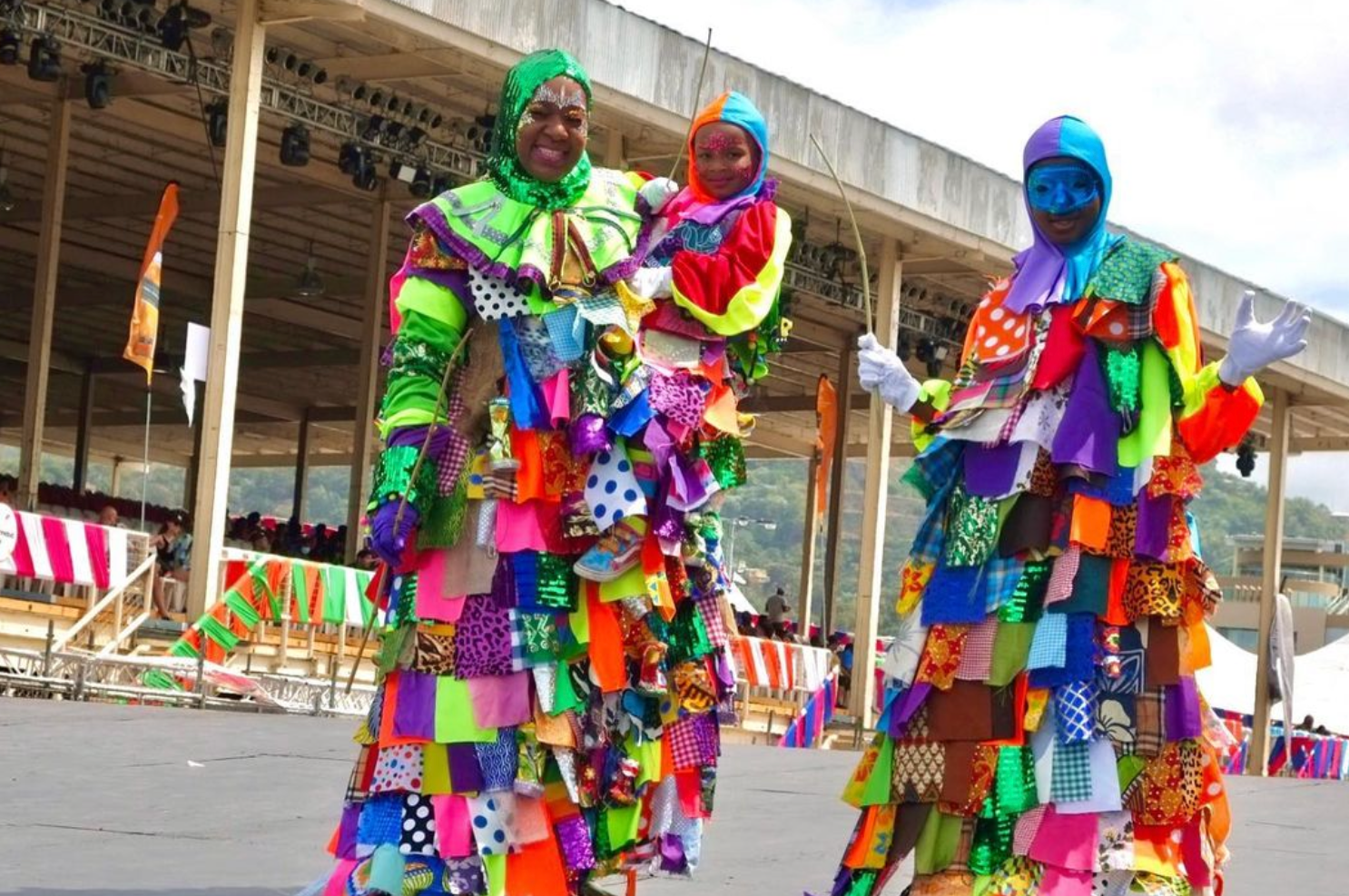
Carnival celebrations in the Caribbean are deeply rooted in the cultural traditions of Africa and were often used as a form of resistance to colonial oppression. Carnival was a powerful method of asserting cultural identity and reclaiming autonomy after chattel slavery was abolished.
Blending African traditions with European influences over time resulted in a unique experience evident in the diverse forms of carnivals across the Caribbean region. This fusion reflects the complex history and cultural exchange that has shaped the region.
While Pretty Mas, where people in bejeweled costumes and feathered backpacks parade through the streets, is what most may think of when carnival celebrations come to mind, it’s important to recognize that there is much more to the celebration.
Traditional mas, or Old mas plays a crucial role in preserving the cultural memory of the region’s ancestors and embodying various aspects of Caribbean identity and history. Traditional mas characters carry layers of symbolism and cultural significance. They serve as reminders of these communities’ resilience, creativity, and resistance throughout history.
When people embody these traditional mas characters, they pay homage to their ancestors and continue the cultural preservation and expression legacy. Carnival remains one of the most vibrant and cherished cultural events in the Caribbean, serving as a testament to the region’s rich heritage and identity.
Here are some traditional masquerade characters you may see during Caribbean carnivals.
Moko Jumbie
“The moko jumbie or stilt walker is a traditional masquerade character often seen throughout the Caribbean during carnival season and beyond. The creativity in their elaborate and colorful costumes, coupled with unique acrobatic skill, is one of the most beautiful sights to behold during carnival, from parties to the parade of bands. The tradition was brought across the Atlantic from West Africa. The lore of the moko jumbies is that they walked across the Atlantic as protectors following the slave ships during the Middle Passage,” ESSENCE previously shared.
The word “moko” is an African word meaning god or Orisha, and “jumbie” is a common word for spirit or ghost used in the Caribbean. Moko Jumbies are highly regarded as protectors whose towering height can help them foresee evil. When you see them, think about the significance of what they represent: the spirit of our ancestors who walk alongside us as protectors.

Jab Jab
The Jab Jab masquerade is associated with resistance and freedom. When playing jab, the body is covered with black molasses, oil, or charcoal, and horns and chains, symbolizing the defiance of slavery and colonial oppression, are worn.
At the core of the traditional mas form is satire, from its name to the act of blackening one’s skin. In French, “Jab” means “devil,” a derogatory term by which slave owners would refer to enslaved Africans. By painting themselves black and taking on the persona of a devil, or “playing the devil,” the formerly enslaved and their descendants mocked their former masters and the horrifying treatment inflicted upon them.
“Jab Jab is freedom. Jab Jab is a post-emancipation masquerade,” says Ian Charles, CEO and Founder of Jambalasee Grenada, a group committed to documenting and preserving Grenada’s Jab Jab tradition, emphasizing the Jab sound.
This masquerade dates back to 1834 when slavery was abolished across the English-speaking Caribbean. “We are ridiculing what the oppressors told us we are: substandard, Black, and no good devils. In other words, we are saying; you call me a devil? Well, I’ll show you a devil,” says Charles.

Midnight Robber
The Midnight Robber is a colorful, traditional carnival character immediately recognizable by his extravagant costumes and distinct speech. “Robber Talk” is based on the African griot tradition, and the speech pattern and vocabulary are a direct imitation of his former master and is marked by its boastful, mocking style. It is derived from several sources, including the Bible and literary texts, and describes the Robber’s invincible ancestry and terrifying exploits.
Sensay
Sensay Mas is a signature carnival tradition in Dominica. Sensay is derived from the Ghanaian word “senseh,” which means a chicken with ruffled feathers in Twi. A traditional masquerade brought to the Caribbean from Africa, where people wear feather-like costumes made from sislana fibers. This costume is made from natural fibers and covers the body in layers. Sensay figures or dancers were traditionally seen as protectors of the community, warding off evil spirits. Now, they are typically associated with carnival.
Pierrot Granade
The Pierrot Grenade is a character that embodies a rich tradition of satire and social commentary within Caribbean carnival culture using his sharp tongue to critique and entertain. His colorful attire and ability to engage audiences with live performances that touch on current issues and events showcase the enduring relevance of carnival as a platform for cultural expression and social commentary.
While the modern-day Pierrot Grenade may not have as many verbal sparring partners as before, his presence continues to add vibrancy and depth to carnival celebrations, reminding us of the power of humor and satire in reflecting and shaping society.








Dame Lorraine
This character is a satirical portrayal of a wealthy, often European, woman. Dame Lorraine wears extravagant costumes, exaggerating the features of upper-class individuals. This character serves as a form of social commentary, critiquing the colonial elite and their lifestyles.






